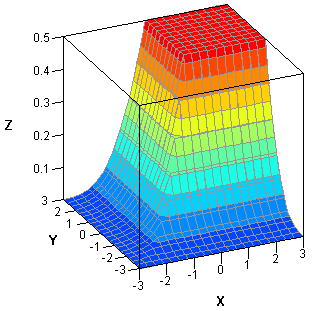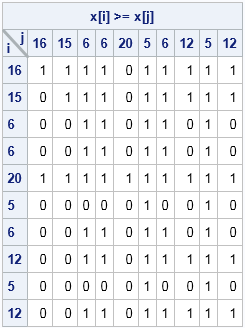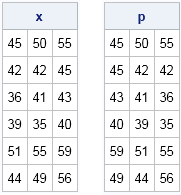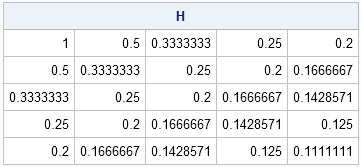
Last week I received a message from SAS Technical Support saying that a customer's IML program was running slowly. Could I look at it to see whether it could be improved? What I discovered is a good reminder about the importance of vectorizing user-defined modules. The program in this blog









